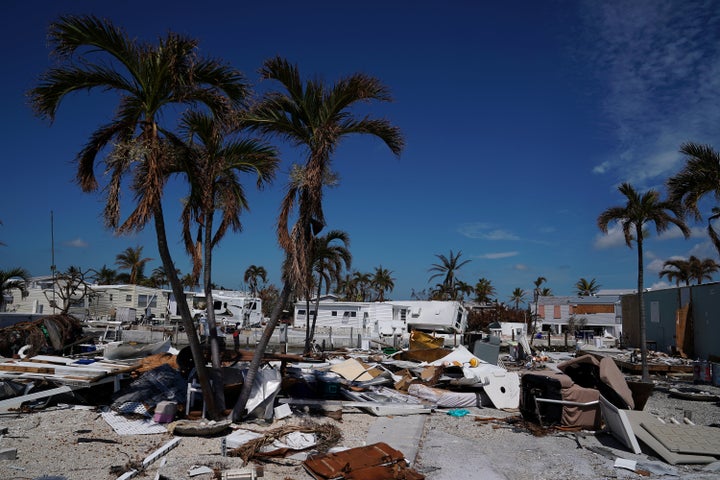
I am hardly a hurricane expert, though I did write a book about The Great Hurricane: 1938 (Atlantic Monthly Press) in 2005. At the time GH1938 was still considered the most destructive and powerful storm to strike New England. That summer I watched the devastation Katrina wrought on New Orleans, and when Hurricane Sandy hit the East Coast in 2012 it eclipsed GH1938 in strength and costly damage. This hurricane season, Harvey, Irma, Jose, and now Maria, have created a league all their own, and I am reminded of what made GH1938 different. Seven hundred people died in The Great Hurricane of 1938.
The difference between the preparations for this fall’s hurricanes and GH1938 is startling. Their approaches were news for days beforehand. With satellite images, computer models and the internet, the public was kept apprised of every twitch and change of course of the current storms.
The story was very different in 1938. That year when a hugely powerful hurricane smashed into the coast of Long Island there was almost no warning from the weather experts. GH38 crossed Long Island in a few hours, wreaking damage and death. With no electricity, phone or telegraph service remaining, the coastline ahead, and across the sound in Connecticut and Rhode Island, could not be alerted. The shoreline was caught totally unawares and seven hundred people were killed in approximately four hours. The only weather forecast made to New Englanders was, “rain, heavy at times.” It seems unbelievable to us now that a storm of such magnitude would not have been anticipated with satellite pictures, those staples of the nightly news during hurricane season. But they didn’t exist. There was no radar. There was no Weather Channel, and no TV reporters in new weather gear standing on beaches shouting warnings over the buffeting gusts. Or standing in water. The element of surprise was deadly in 1938. Rhode Islanders could not be alerted once the phone lines and power were out in Long Island and the hurricane ripped up Narragansett Bay and into Providence, where the tidal surge and winds, gusting up to 185 MPH , drove 18 feet of water into the city center at high tide. Citizens drowned in the street, and looters, starved for what they had been missing during the hard years of the Depression took to the newly risen canals in rowboats.
It’s hard to comprehend how different forecasting methods were 80 years ago. Forecasters relied heavily on ships at sea to tell the Weather Service when barometric pressures dipped to dangerous, hurricane levels. Ships communicated by Morse code and it could take four to six hours for warnings to reach the general public on land. GH38 sped 700 miles in 12 hours to make landfall in Westhampton. Forecasters had believed it would go out to sea, as most hurricanes headed north, typically did. But this one was a devious monster that stayed out of sight offshore until it turned and carved the heart out of coastal New England.
It’s terrifying to imagine what devastion the latest hurricanes would have wrought on human lives if the public had not known they were coming. For the survivors and residents of the hardest hit areas, the damage, loss of property, and emotional toll are harrowing enough. But at least loss of lives won’t be their claim to infamy.